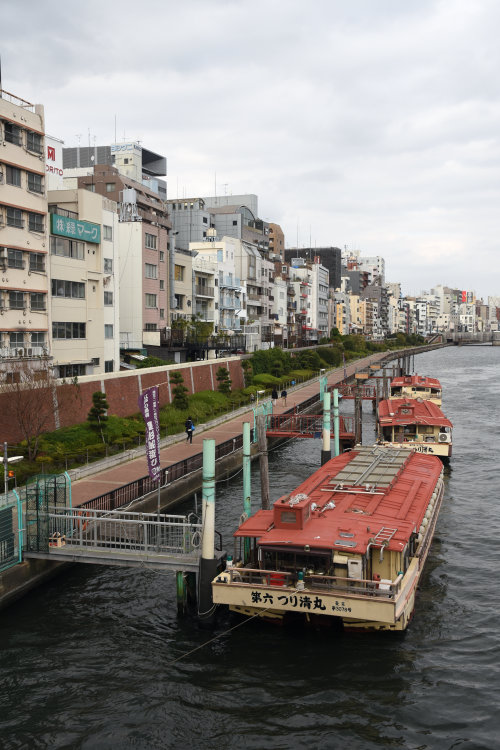First some rgb-ratio filmic considerations.
I found there are three main big issues with filmic that could be avoided with a linear+highlights roll off tonemapping operator:
-
too much desaturation in the shadows and midtones, this is how rgb-ratio works, it preserve the saturation in the highlights but I think it shouldn’t be used with a sigmoid/filmic/s-curve tone mapping.
Actually the midtone saturation in DT doesn’t solve this issue and introduces itself other issues. -
It’s not easy to use color balance before filmic because the highlights recovery slider in filmic will change too much brightness and contrast of the image
-
too much aggressive desaturation in the highlights, ideally there should be a slider for the amount of shadow desaturation and one for highlights desaturation. We should discuss about this desaturation, for example it should be applied before or after the tone mapping?
Some example for the first issue
Darktable rgb ratio filmic
Photoflow exposure-gamma and linear tone mapping (chroma preserving)
Darktable rgb ratio filmic
Photoflow exposure-gamma and linear tone mapping (chroma preserving)
Second and third issues:
darktable, after that I have got the right amount of contrast I can’t recover highlights without totally change the image and restart again tweaking sliders , totally white highlights where I want to recover some saturation details (there is a strange pink hue shift too)
Photoflow
However a linear tonemapping is pratically just a highlights roll-off tone mapping curve where we could set the knee point ( where to start to compress highlights) and the amount of desaturation.
Not tone-mapped crop
Linear tone-mapped crop














